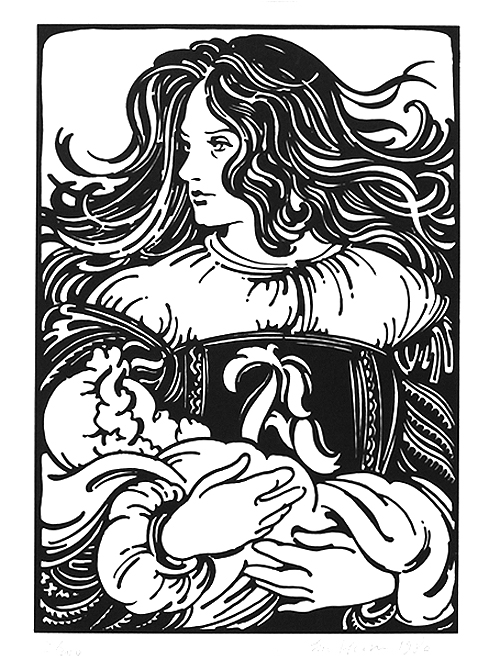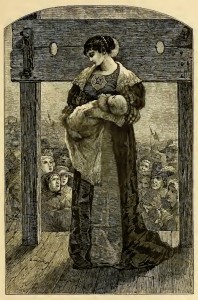Identify the following characters explaining their role in the story:
Hester Prynne
Reverend Dimmesdale
Roger Chillingworth
Anne Hutchinson
Answer the following questions according to the content of chapters 1-4 of the novel
1. What symbol grows outside of the town’s prison? What seems to be its symbolic nature?
2. How does the opening sentence represent the tone of the story through symbolism?
3. What is the scaffold of pillory; how is the object important to the story?
4. Why are the town’s people gathered at the the town’s common?
5. What is adorned on the clothing of Hester Prynne’s bosom?
6. How does Hester’s appearance bring her further contempt?
7. Why are the women particularly critical of Hester?
8. How does Nathaniel Hawthorne’s description of the women objectify their gender? Provide two examples.
Identify the following quotes by indicating what chapter and page number the quote is located on and explaining the significance of the quote to the plot of the story:
8. “By the Indian’s side, and evidently sustaining a companionship with him, stood a white man, clad in a strange disarray of civilized and savage costume.”
9. “…The penalty thereof is death. But, in their great mercy and tenderness of heart, they have doomed Mistress Prynne to stand only a space of three hours on the platform of the pillory, and then and thereafter, for the remainder of her natural life, to wear a mark of shame upon her bosom.”
10. “Never!” replied Hester Prynne, looking, not at Mr. Wilson, but into the deep and troubled eyes of the younger clergyman. “It is too deeply branded. Ye cannot take it off. And would that I might endure his agony, as well as mine!”
11. “Thou knowest that I was frank with thee. I felt no love, nor feigned any.”
12. “Hast thou enticed me into a bond that will prove the ruin of my soul?”
“Why do you smile at me like that?” asked Hester, troubled by the look in his eyes. “Are you like the Black Man that haunts the forest? Have you lured me into a promise that will cost me my soul?”
“Not thy soul,” he answered, with another smile. “No, not thine!”
13. Reconsider the climatic scene from the short story Young Goodman Brown when the devil lists the sins of the villagers: “This night it shall be granted you to know their secret deeds; how hoary-bearded elders of the church have whispered wanton words to the young maids of their households; how many a woman, eager for widow’s weeds, has given her husband a drink at bed-time, and let him sleep his last sleep in her bosom; how beardless youth have made haste to inherit their father’s wealth; and how fair damsels–blush not, sweet ones–have dug little graves in the garden, and bidden me, the sole guest, to an infant’s funeral. By the sympathy of your human hearts for sin, ye shall scent out all the places–whether in church, bed-chamber, street, field, or forest–where crime has been committed, and shall exult to behold the whole earth one stain of guilt, one mighty blood-spot. Far more than this! It shall be yours to penetrate, in every bosom, the deep mystery of sin, the fountain of all wicked arts, and which inexhaustibly supplies more evil impulses than human power–than my power at its utmost!”
This dense, dramatic language is explicit. Through Hawthorne’s two narratives that you have been assigned to read, you see a theme emerge. Discuss in a paragraph what that theme is by explaining the impression that you have concluded about this portrayal of Puritan culture.


